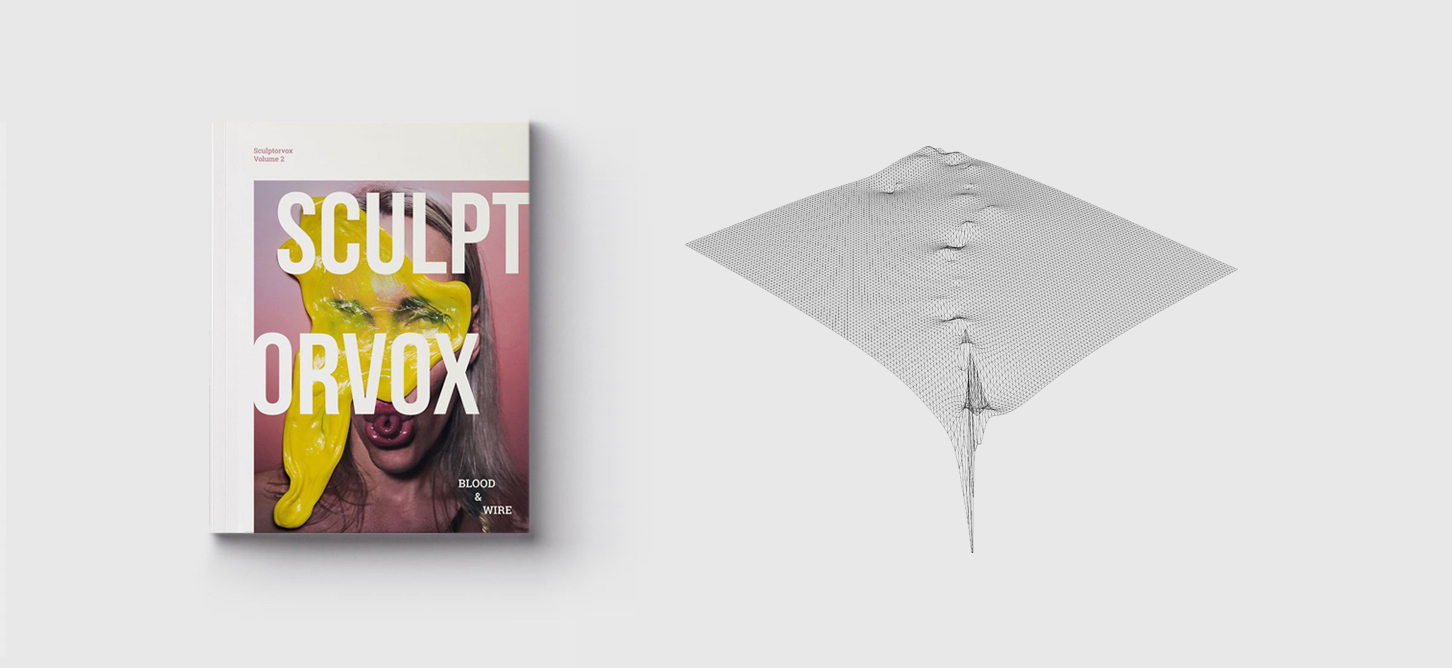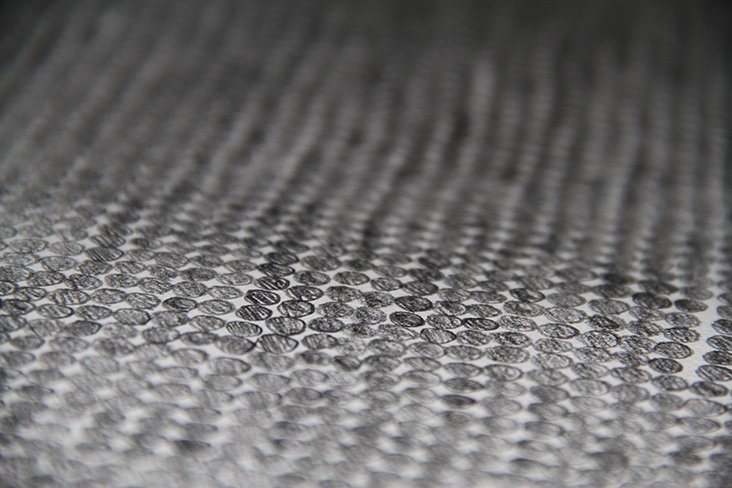
Perhaps the most imitated sculptural style throughout history is the ideal body from the classical antiquity period of Ancient Greece. Tellingly this period also saw the rise of both philosophy and performance.
As highlighted by Alastair Macaulay, chief dance critic of The New York Times, “the classic Greek kouros image (the unclothed free-standing youth) evolved from an Egyptian prototype. It’s like watching a chrysalis become a butterfly: The prototypes are impressive, but the kouros is timeless; he might be about to breathe, move, speak … Even in relatively static positions, the implication of movement is the transfiguring achievement of these classical figures.”1
If we consider the actual Ancient Greek body as the art form which the kouros sculptures themselves sought to imitate, the process of sculpting the human body can be considered as the origin of what we today call bodybuilding.
In How Art Has Depicted the Ideal Male Body throughout History, Daniel Kunitz also outlines a change in motivation. From Polykleitos’ athletic mesomorphic Doryphoros, to the notion that “For much of history, muscles have been seen as vulgar, meaty indicators of labor”,2 there is an implicit connection between form and function, and the training (sculpting) required as a result. The exaggerated bodies more commonly thought of when referring to present day bodybuilding, only attainable through a fusion of blood and wire (steroids and specialised weight machines), are largely functionless.
Unlike these modern training goals, for the Ancient Greeks sculpting their bodies was the means rather than the ends. As Marina Abramovic suggests in Student Body, “For a true artist, success is not the aim; it is only the side effect”.3 The aim of bodybuilding in Ancient Greece was to improve athletic ability in a range of sports, rather than a purely aesthetic pursuit. The ability to move took precedence over the ability to possess a sculpted but functionless body.
While Xenophon of Athens recounts Socrates as an advocate for the importance of physical conditioning, swiftness of foot was the most highly prized quality a man could possess. Unlike bodybuilding, running by its nature implies a journey rather than a destination, and training for the endurance runner has always been an existential question (an internal journey as much as an external one). While we might describe this as a distinction between Id and Ego, as the Ancient Greeks invented philosophy rather than psychoanalysis, Cartesian dualism is a more appropriate lens through which to view the running body.
The separation of mind and body is a familiar concept to most runners. Is it the mind or the body that gets us through a long run? The adage being that running is ninety percent mental and the rest physical. Ultrarunner Ray Zahab has extended this to suggest that “ninety percent of ultrarunning is mental, and the rest is in your head”,4 however the physical training and sculpting of our bodies in preparation for an ultra gives lie to this idea. It is only when our unprepared bodies seemingly let us down that we call upon the mind to get us over the line.
But like the body builder, the runner can be susceptible in training for an extrinsic goal. Maximum oxygen uptake, commonly referred to as VO2 max, can be an indicator of athletic performance. Training for improvements in VO2 max can become the goal in itself. Runners proudly display their maximum oxygen uptake score without it translating into performance, like a body builder flexing a muscle that has little functional purpose.
To discover their VO2 max, a runner must undertake a graded test in which they run at an increasingly rapid pace until they cannot continue. As the running speed increases the amount of oxygen necessary to sustain the run increases, until approaching the point when the amount of oxygen required can no longer be consumed. The distance covered in this run can be used to calculate the maximum oxygen uptake of the runner.
Exercise physiologist and runner Dr Timothy Noakes points out the Cartesian flaw in this procedure, referring to it as a brainless model. Without knowing how far the runner will travel until the test is complete, the runner’s brain cannot effectively monitor and regulate the body during the run. Noakes proposes a central governor theory where the brain ensures that endurance exertion does not threaten the body’s homeostasis. Through training the mind, the central governor can be manipulated and the runner can get closer to their limits before the brain intervenes and causes the sensation of fatigue.
There is however a non-dualist approach to training that ensures that running remains autotelic (its purpose is in and not apart from itself). Using a more benign instance of blood and wire, the heart rate monitor, Dr Philip Maffetone promotes a holistic approach by training at our maximum aerobic function – the optimum point in which our bodies convert oxygen. The runner is guided by the heart rate monitor to increase or reduce pace in order to stay within the optimum aerobic window.
While the Maffetone method is very effective at improving endurance running ability, we can consider this as Abramovic’s side effect. By using the heart as a perceptual organ we don’t just sculpt our minds and our bodies; we sculpt our perception of the world. We can become the kouros rather than imitate it.
1 Alastair Macaulay, The Body Beautiful: The Classical Ideal in Ancient Greek Art (17 May 2015)
2 Daniel Kunitz, How Art Has Depicted the Ideal Male Body throughout History (5 April 2017)
3 Marina Abramovic, Student Body (Milan: Charta, 2003), p. 18.
4 Lizzie Rosewell, 90% Mental: 5 Strategies for Surviving the Tough Times (30 March 2017)
Originally published in Sculptorvox Volume 2, Blood and Wire
